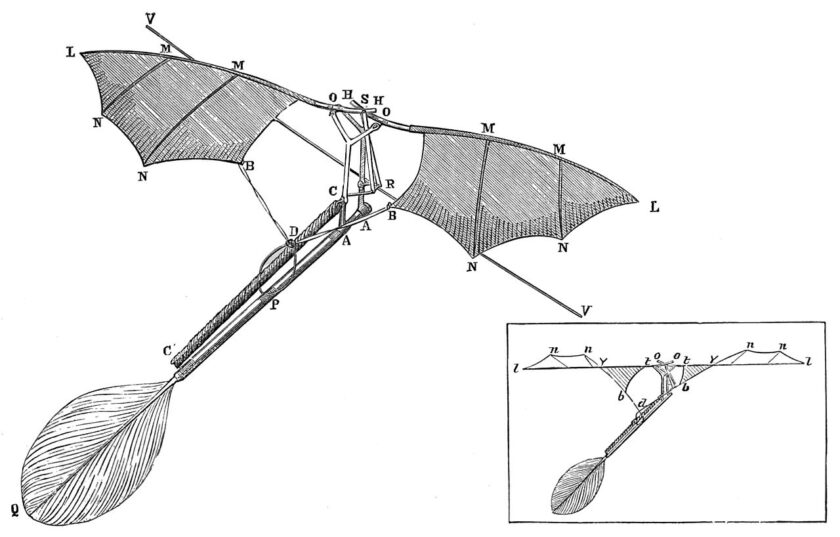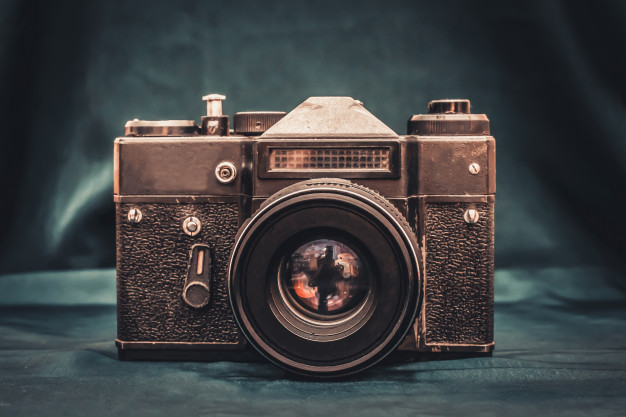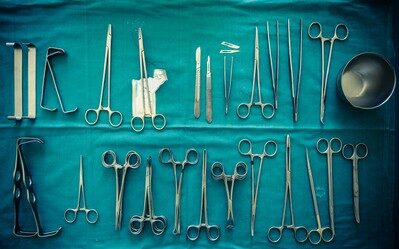The advancements of Muslim scholars and inventors during the Islamic Golden Age are well known. From Algebra to coffee Muslims have made an ever lasting impact on the modern world. But the contribution of Muslims to today’s world goes beyond and some of the inventions on this list will surprise you.
Here are five inventions by Muslims that will surprise you
1. Flying Machine

Abbas ibn Firnas is credited by historians as the first person who made a real attempt to construct a flying machine and fly. In the 9th century he designed a winged apparatus, roughly resembling a bird costume. At the age of 70, he built a machine of silk and eagle feathers and jumped off a cliff from Yemen’s Jabal Al-Arus mountain and glided in the air, staying in flight for at least ’10 minutes’ before crashing and injuring himself badly.
Ibn Firnas lived for another 12 years. He realised that slow landing is achieved via the collaborative work between tail and wings, a conclusion he reached after decades of studies of bird flight and their landings.
His designs would undoubtedly have been an inspiration for famed Italian artist and inventor Leonardo da Vinci’s hundreds of years later. Baghdad airport is named after him.
2. The Crank-Shaft

From a bicycle to a internal combustion engine, the very basic of modern automatics were first put to use by a Muslim, Al-Jazari in the 12th century. Al Jazari was a known mechanical engineer and inventor of his time. He devised the revolutionary crank-connecting rod system.
By converting rotary motion to linear motion, the crank enables the lifting of heavy objects with relative ease. This invention took the world by storm, leading eventually to inventions of automobiles that we see today.
His ‘Book of Knowledge of Ingenious Mechanical Devices‘ documents his inventive uses for valves and pistons, mechanical clocks and the first-ever combination lock. He is called the father of robotics.
3. Degree Granting Universities

In 859 a young princess named Fatima al-Firhi founded the first degree-granting university in Fez, Morocco. She and her sister had inherited wealth upon the deaths of their father and brother. They aspired to give the people the same level of education that they had received.
The university was inside Al-Qawariyyin Mosque which boasted a large number of students. Students were able to reside on at campus and had to pay no “tuition” fee. At Al-Qawariyyin students were taught by teachers for a number of years in a variety of subjects ranging from secular to religious sciences.
At the end of the program, if the teachers deemed their students qualified, they would grant them a certificate known as an ijaza. The ijaza recognizes that the student understood the material and is now qualified to teach it. thus making it the first degree granting University. It is in operation to this day.
4. Camera

The modern day camera wouldn’t have been a reality if not for the work of Muslim physicist Ibn al-Haitham. Before his work in the field of optics the ancient Greeks thought light emitted from the eye (like a laser) causing us to see. It was al-Haitham’s studies in the 10th century through which it was realized light entered into the eye.
He would invent the first pin-hole camera after observing light entering a hole in the shutters. The smaller the hole was, the clearer the image. He compiled his research in a 7-piece book “Kitab Al-Manazir” or the Book of optics in which he ridiculed several western theories of the past. This earned him much respect from west and his work is citied as the reason behind developments in photography.
Ibn al-Haitham is seen as one of the greatest scientists of all time, spending most of his working life in the imperial city of Cairo. He would be the first scientist to successfully project an image onto a screen using a camera obscura. He would also be the first scientist in history to develop a working camera.
5. Surgery

Around 10th century, one of the most celebrated doctors of the era Abu Qasim Al Zahrawi designed many of our modern surgical instruments still in use today: scalpels, bone saws, forceps, and fine scissors for eye surgery. He introduced a staggering number of over 200 surgical tools. Around the year 1000 AD, he wrote his famous book “Al Tasreef Liman ‘Ajaz ‘Aan Al-Taleef”, (The Clearance of Medical Science For Those Who Can Not Compile It).
Among his many inventions, Zahrawi discovered the use of dissolving cat gut to stitch wounds — beforehand a second surgery had to be performed to remove sutures. Al–Zahrawi was also one of the early leading “plastic surgeons,” as he performed many plastic surgery procedures and outlined many principles in that surgical field.
In addition, he made significant contributions to pediatric surgery. He is credited with performance of the first thyroidectomy. Zahrawi’s book was quoted by the famous French surgeon Guy de Chauliac (1300–1368) over 200 times in his book. Al-Tasreef would be used in Europe as a medical reference for the next 500 years.
